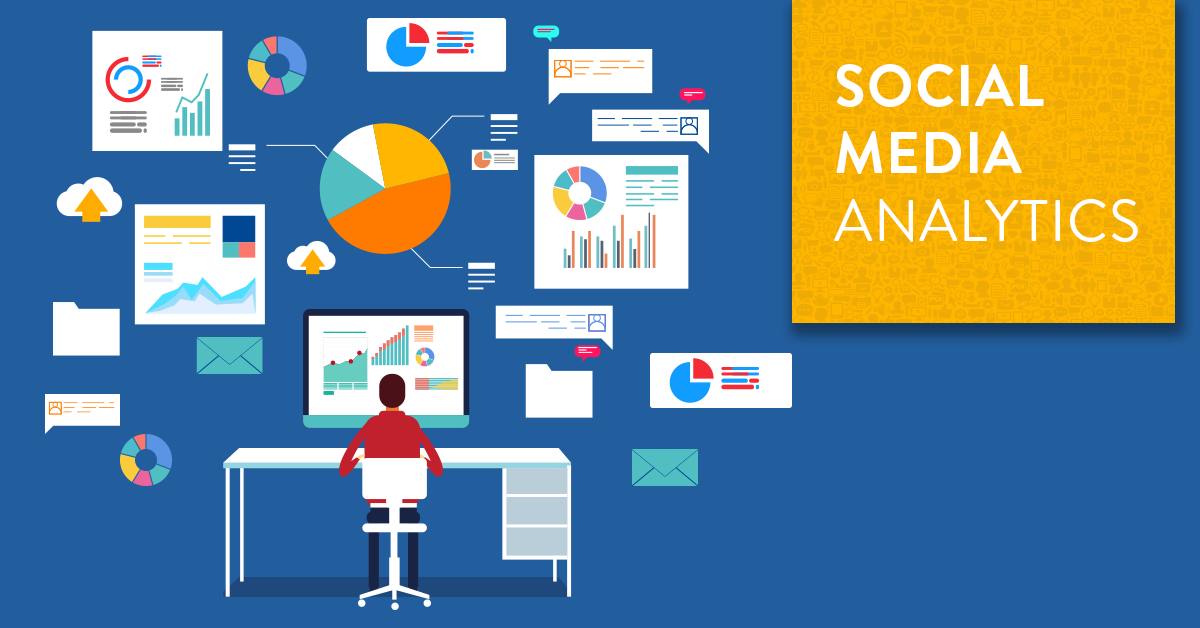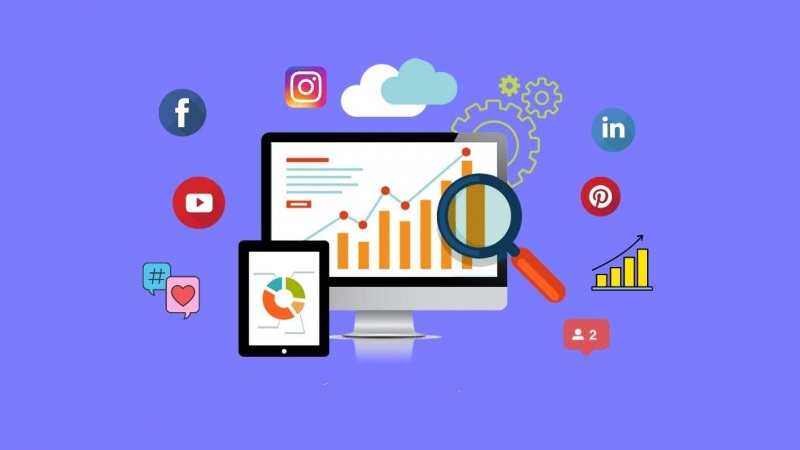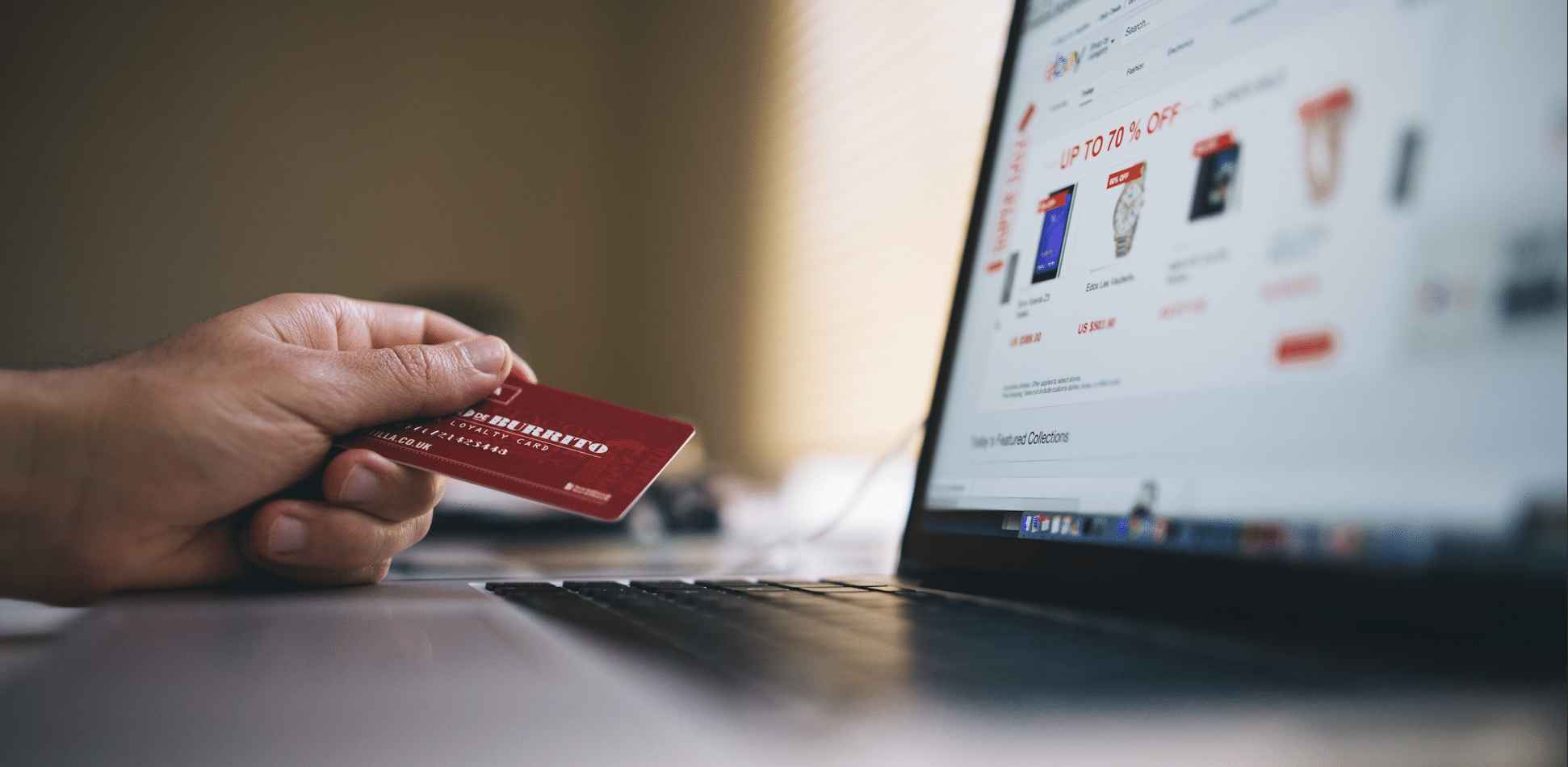Let’s cut to the chase. When you pit top social media analytics tools head-to-head, you want to know which one leads the pack. With myriad options at your fingertips, wading through the tech jargon and flashy sales pitches can leave you scratching your head. That’s why I’ve done the legwork to break down the crucial features and stand-out services of these platforms. From user engagement metrics to the nitty-gritty of sentiment analysis, I’ve assessed them all. Spoiler alert: the results might surprise you. Ready to dive in and find out which tool will turbo-charge your social media strategy? Keep reading for the no-nonsense breakdown, and let’s discover the heavyweight champion of social media analytics together.
Evaluating the Capabilities of Top Social Media Analytics Tools
Assessing User Engagement and Interaction Analytics
Let’s dig into how social media tools measure likes, shares, and comments. The top social media tracking tools do more than count. They show what users love and what doesn’t hit the mark. Imagine a tool that not only counts your likes but also tells you why they skyrocketed. That’s what the best tools do; they reveal patterns in user behavior. Need to check how many people clicked your post? Or how long they stuck around? The right app lays it all out for you.
Top platforms make it easy for anyone. You see which posts win over your audience at a glance. User-friendly charts and figures replace rows of numbers. Now, picture doing all this in real time. Catching trends as they happen lets you act fast. You can jump in on hot topics or fix a post that’s flopping. That’s what real-time social analytics comparison is about.
Comparison of Sentiment Analysis Accuracy
Now, let’s tackle sentiment analysis tools. Compare sentiment analysis tools and you’ll see a big difference. Some catch the tone of comments well, while others miss sarcasm or slang. The best social analytics software nails it by understanding context. It separates the happy customers from those just being polite.
A simple thumbs-up doesn’t tell you much. But mix that with language analysis and you strike gold. This is how you know if your brand makes people smile or why a campaign fell flat. Good tools catch negative chatter early. That way, you can step in before a molehill turns into a mountain. And when things are good? They let you know what’s working, so you can do more of that.
In summary, the effectiveness of social analytics programs lies in details. The more they show about how and why people engage, the more you can shine online. And with sentiment analysis, picking the right tool matters. It turns guesswork into science, bringing you closer to your followers. Choose wisely, for it’s your window into the hearts and minds of your social world.
Analyzing the Efficacy of Social Listening Features Across Platforms
Real-time Monitoring and Alert Systems
What grabs your eyeballs first in best social analytics software? Real-time monitoring! For brands today, it’s huge! These tools watch over social channels like hawks, 24/7. They ping you when your brand gets a mention—good or bad. Let’s say a customer tweets a raving review. Or another vents about poor service. Either way, these systems alert you right then. This means you can high-five your fans. Or jump on an issue, turning frowns upside down.
Standout tools pack features that sort and tag conversations. They tell what’s hot or not in your space. This helps a ton with crafting swift, fitting responses. Plus, you keep a close eye on trends. It’s like having super speed in the social realm. And you need such speed to stay ahead. After all, social media never sleeps, and neither should your monitoring tools.
Now, what about when things get loud during big events? Top tools keep calm and carry on. They pinpoint key chats and updates in a storm of social buzz. This means no vital info slips by you.
Influencer Impact and Brand Monitoring Effectiveness
Let’s talk influence tracking on social platforms. Imagine having a map of your key allies online. That’s basically influencer impact monitoring. This feature digs into the data to show who’s boosting your brand. It’s not just about big names. Often, it’s the rising stars, those niche voices with loyal followers, who drive real action.
So how do tools measure this oomph? They watch for spikes in mentions and shares when influencers talk about you. They check if people are into the conversation, following, liking, and adding their two cents. This breakdown helps you see which influencers are real gold for your brand.
Then, there’s brand monitoring. This is your brand’s ears on the social ground. It’s a scoop on public sentiment—what folks really think. Is your new product a hit? Are people put off by a campaign? Analytics platforms for social networks give answers. They sort through all the giggles, groans, and everything in between. Then, they paint you a picture of public emotion.
These tools often use nifty tech like sentiment analysis. This tech scans words for clues on mood. It then adds this info to your brand’s report card. And voilà! You see if you made waves of joy or ripples of upset. Every smart brand keeps such score.
What about your brand’s stories and hashtags? They need love too. The best tools for social media insights don’t leave them out. They track your tags near and far. They tell who’s sharing your stories, keeping your brand’s saga alive.
Remember, folks: the social sea is vast. To sail it right, you need a tight crew of social listening solutions. It’s not just about making noise. It’s listening, learning, and linking up with what makes your audience click. Choose a platform that fits like a glove. Then watch as your brand sails smooth on social tides, riding the waves of real-time chatter and influencer impact with skill.
Insights and Reporting: A Critical Look at Analytics Dashboards
Data Visualization and User-Friendly Reporting Interfaces
When choosing a social media analytics tool, the dashboard is key. It shows data using charts, graphs, and maps. Good dashboards make complex data easy to understand at a glance. Top tools turn numbers into clear pictures. They show trends, peaks, and dips in your social media performance.
Why do visuals matter so much? Well, they help us spot what’s working fast. And the quicker we get it, the faster we can act. Picture this: you’ve got a campaign running. A graph shoots up. You know straight away, this is hot! It’s clear which post drove the most clicks. You can then create more content like that.
Let’s dig deeper into user-friendly features. The best platforms let you drag and drop elements to customize reports. You can focus on key metrics that matter most to your brand. You can track clicks, likes, shares, and more. This way, you build reports that fit your exact needs.
These features make it a breeze to share insights with your team. They can see top-performing content, best posting times, and audience growth. This helps everyone make smarter social media decisions. Custom reports also save you time. With a few clicks, you have a report ready to present.
Effectiveness of Custom Reporting Features
Now, let’s talk about custom reporting. It’s a game-changer in evaluating social performance metrics. You can set up reports to show the data you care about. This means no more sifting through piles of irrelevant info.
For example, say you’re eyeing hashtag performance. You can have a report just for this. When you compare social media tracking tools, ask this: does it let you track hashtags easily? Good tools do, and they make a huge difference.
Also, think about ROI calculation. Some platforms make this tough, but the best ones simplify it. With good software, you can see how much return you’re getting from your efforts.
But with so many tools out there, here’s something crucial: always go for a trial run. Check out if the tool’s dashboard fits your taste. Make sure it’s easy to use and offers customization.
Custom reports are not just about looks; they should offer practical value. They should help you make quick, informed decisions. They should show how your content is doing across different platforms.
In summary, great analytics dashboards do more than just collect data. They empower you with insights that are easy to understand and act on. They help you see the big picture and fine-tune your strategies. And with custom reporting, you get the exact view you need to grow your brand. Remember, in the social media game, insights are king. And the crown goes to those who understand and use their data best.
Investment and Integration: Understanding Cost and Compatibility
Cost-Effectiveness of Social Media Analytics Solutions
Cost is a big deal when picking the right tools. You want good value without breaking the bank. So when we dive into social media analytics tool comparison, we weigh what features you get against what you spend. The best social analytics software offers more than just basic data; you can track trends, monitor your brand, and see how your audience reacts to what you do. But does the price fit? It’s not always about the highest cost. Sometimes, the most cost-effective solutions give you everything you need without extras you won’t use.
Now let’s look at the actual numbers. A few top-rated social media intelligence software options might cost you a monthly fee that seems steep at first glance. But if they can automate tasks, are they saving you time and money in the long run? That’s something to consider. On the flip side, the pricing of social analytics platforms can be a trap if you’re paying for features that don’t align with your goals.
What about ROI calculation for social analytics? Good tools help you see if your social efforts are paying off. They turn data into insights—like which posts pull in the most customers and what times to post. They should help you see clear results that match up with your goals.
Cross-Platform Integration for Comprehensive Analysis
Now, cross-platform integration is where things get exciting. You’re likely using more than one social channel, right? So you need tools that talk to each other. Cross-platform social media analysis means gathering data from all your networks and viewing it together. This gives you a better picture of how you’re really doing.
Popular social analytics applications now offer more than just insights from social media data. They let you compare sentiment analysis tools, see your influence tracking on social platforms, and evaluate social performance metrics across all your channels. This is key to understanding your audience and shaping your content to suit them. You can spot trends, see which hashtags work best, and know what content sparks interest or flops.
But not all tools handle this well. Some are great for one platform but not others. To avoid this, compare tools for features like hashtag tracking capabilities compared and platform-specific social media analysis. Find the ones that handle multiple networks without a hitch.
Integration doesn’t stop at data collection, though. Good social media measurement apps also make sure that data is easy to understand. Social media data visualization tools are a dream. They let you see complex data in simple charts and graphs. This is how you share insights with your team or clients and make smart, quick decisions.
Bottom line? Weigh the costs, but don’t cut corners on the features you need. Go for tools that offer a complete view and make your data work for you. This is how you nail your social strategy and get the best bang for your buck.
In this post, we dove deep into the world of social media analytics tools. We started by evaluating how each tool measures likes, shares, and comments. Then we compared how they understand feelings behind user posts. Next, we considered their social listening skills, including how they track trends and the reach of key influencers. We also looked at how these tools show data, checking if they are easy to use and if they let us customize reports. Finally, we weighed the costs against the benefits and if they work well with other platforms.
So, what’s the takeaway? The right tool can make a big difference in understanding your audience and shaping your strategy. It’s about finding a balance between in-depth analysis, user ease, and your budget. Pick a tool that not only listens to the buzz but turns that chatter into insights you can act on.
Q&A :
What are the top social media analytics platforms available today?
Comparative analysis of leading social media analytics platforms reveals a dynamic market. Industry frontrunners often include Hootsuite, Sprout Social, and Buffer due to their comprehensive analytics capabilities. These tools equip marketers with insights into audience engagement, campaign performance, and social listening. Further research into each platform’s unique features and pricing models is advisable for businesses aiming to optimize their social media strategies.
How do different social media analytics platforms handle data accuracy and privacy?
Data accuracy and privacy are priority concerns in the digital age, and social media analytics platforms address these issues with rigorous data management protocols. Platforms like Hootsuite and Sprout Social comply with global standards, implementing encryption and regular audits to secure user data. It’s critical that users review the privacy policies and data handling practices of their chosen platforms to ensure alignment with their personal or business ethics and legal regulations.
Is there a one-size-fits-all social media analytics tool for all business types?
While “one-size-fits-all” may sound appealing, the variability of business needs and objectives makes it a challenge in the realm of social media analytics. Customizability and scalability are key features offered by platforms like Hootsuite and Sprout Social, catering to businesses of varying sizes and industries. Enterprises should consider several factors, including the specific social networks they use, the depth of analytics required, and integration capabilities, when selecting a platform.
What are the core features to look for when comparing social media analytics platforms?
When evaluating leading social media analytics platforms, several core features should guide your comparison:
- Data Tracking: Look for comprehensive data tracking capabilities for advanced metrics and KPIs.
- Engagement Analytics: It’s essential that the platform monitors engagement trends and audience interaction.
- Reporting: Effective platforms offer customizable reporting options that can distill complex data into actionable insights.
- Competitor Analysis: Identify tools that allow benchmarking against competitors to measure performance in the market.
- Integration: A platform that integrates seamlessly with various social media channels and other marketing tools will ensure a unified analytics experience.
Emphasizing these key elements helps ensure the selection of a robust analytics solution tailored to business demands.
Can free social media analytics tools compete with paid platforms?
Free social media analytics tools offer a baseline for businesses to understand social media performance without financial investment. While they can provide valuable insights, their capabilities are often limited compared to paid platforms, which offer a broader range of analytics, deeper insights, and advanced features like predictive analytics and comprehensive report generation. Paid platforms are typically better equipped to handle large-scale data analysis and offer support and customization that can be critical for more complex business needs.






